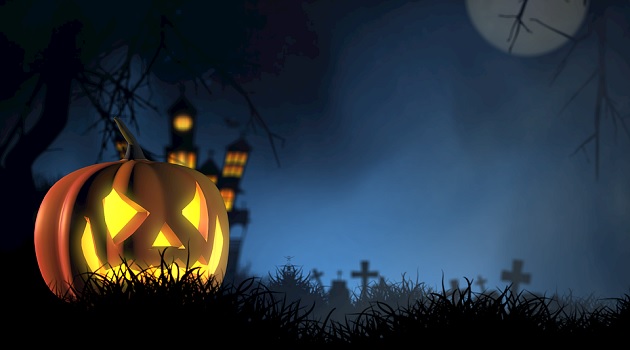The candy aisles are stocked and the jack-o’-lanterns illuminated, reminding that Halloween is just around the corner. While children plan their Halloween costumes, Prisma Health Children’s Hospital-Midlands offers parents tips for a fun but safe Halloween.
Trick-or-Treating
- Make sure your child eats dinner before setting out. Children will be less likely to eat too much candy and will have more energy for the fun ahead.
- An adult should accompany children under age 12.
- Children ages 13 to 15 should travel in groups of at least three.
- Trick-or-treat in your neighborhood, where you know the neighbors. Consider going during daylight hours.
- Only visit homes with decorations, outdoor lighting and porch lights illuminated.
- Teach your child his or her phone number. An older child can carry a cellphone to check in while away from home, but remind the child about the dangers of distracted walking.
- Instruct children never to enter a home or apartment building unless accompanied by an adult.
- Remind children never to accept rides from strangers.
- Drivers should go slowly all evening. Adult Halloween party-goers should have a designated driver.
- Children should be educated to obey all traffic rules.
Candy
- Insist that children show you all their goodies before they sample them. Inspect candy for tampering. Never eat fruit, unwrapped items, or candy not in its original wrapper.
- A few days after Halloween, put the candy out of sight and out of mind. You can ration out the treats later.
- If you want to provide non-candy alternatives for trick-or-treaters, consider packages of crackers, single-serve boxes of cereal, granola bars, packaged fruit rolls, mini-boxes of raisins and single-serve bags of chips or popcorn. Non-edible treats including pencils, stickers and erasers also are good alternatives.
Costumes
- Have children wear costumes with light, bright colors that will be clearly visible to motorists; attach reflective tape, glow sticks or glow-in-the-dark accessories to increase visibility at night.
- Make sure that costumes—including wigs, masks and beards— are flame resistant, and remind children to stay away from open flames, candles and jack-o’-lanterns.
- Make sure that masks do not impair vision.
- Avoid costumes with big, baggy sleeves; billowing skirts; or long, dragging hems that could cause someone to trip. High-heels or oversized shoes also can cause accidents.
- Make sure that swords, knives and other props are made of flexible material and do not have sharp edges.
- Attach your child’s name, phone number (including area code) and address inside your child’s clothing in case the child gets separated from adults.


